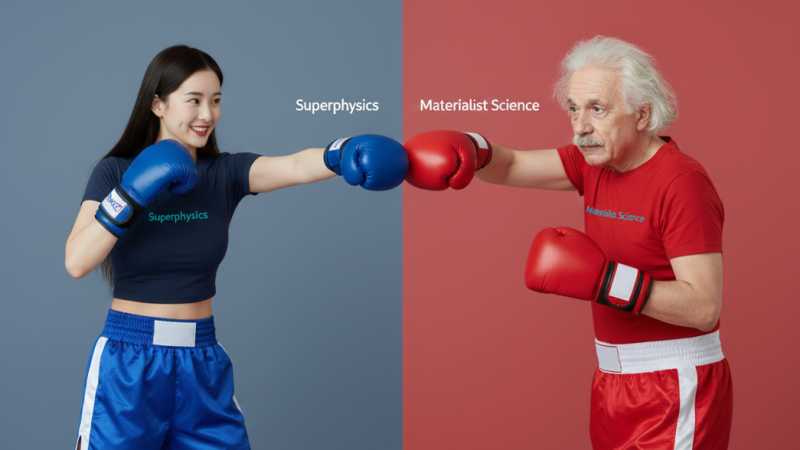Fixing Human Understanding
Getting rid of excessive Negative Force in the human oversoul


The Two Domains
Section 1

The Materialist View of Reality
Section 2

The Correct Natural View of Reality
Section 2b

Science Versus Natural Philosophy 2.0
Section 2c

The 3 Abstract Spaces
Section 3

Waves and Void
Section 4

Four Wave Properties: Commonality, Density, Strength, Spread
Section 5

The 4 Rules of Motion
Section 6

Idea, Mind, and Life
Seciton 7

The 3 Operational Divisions of Reality
Section 8